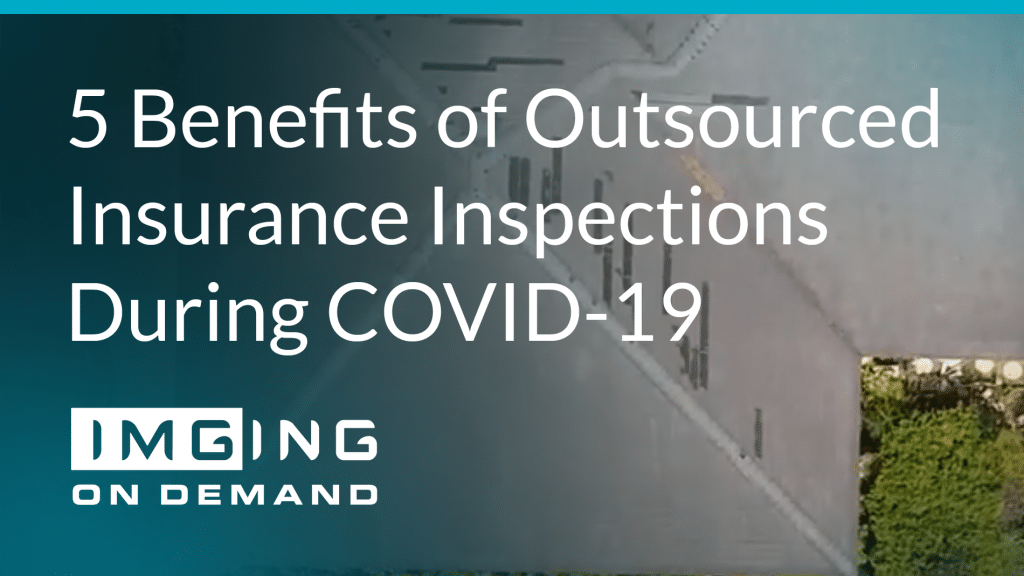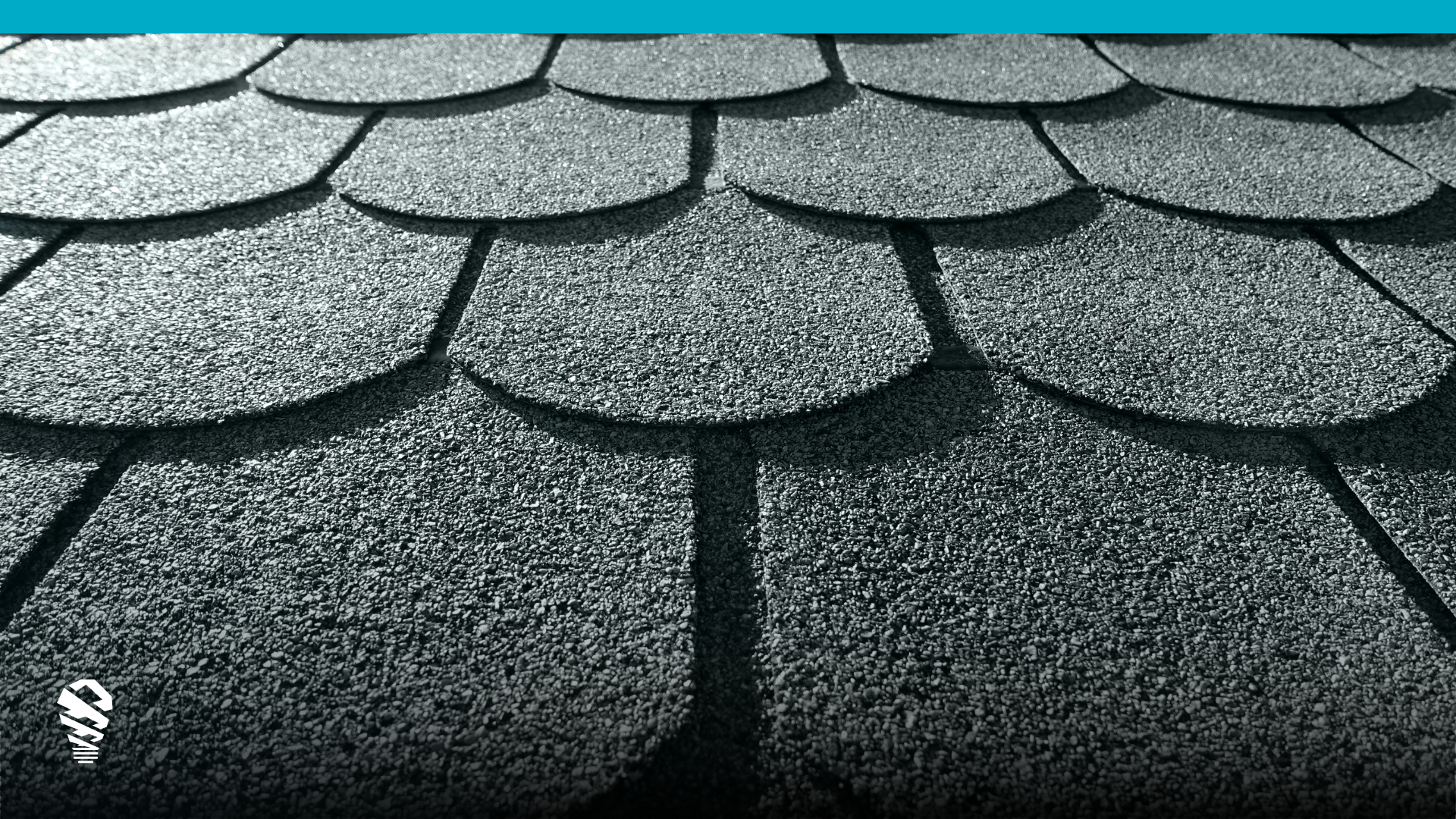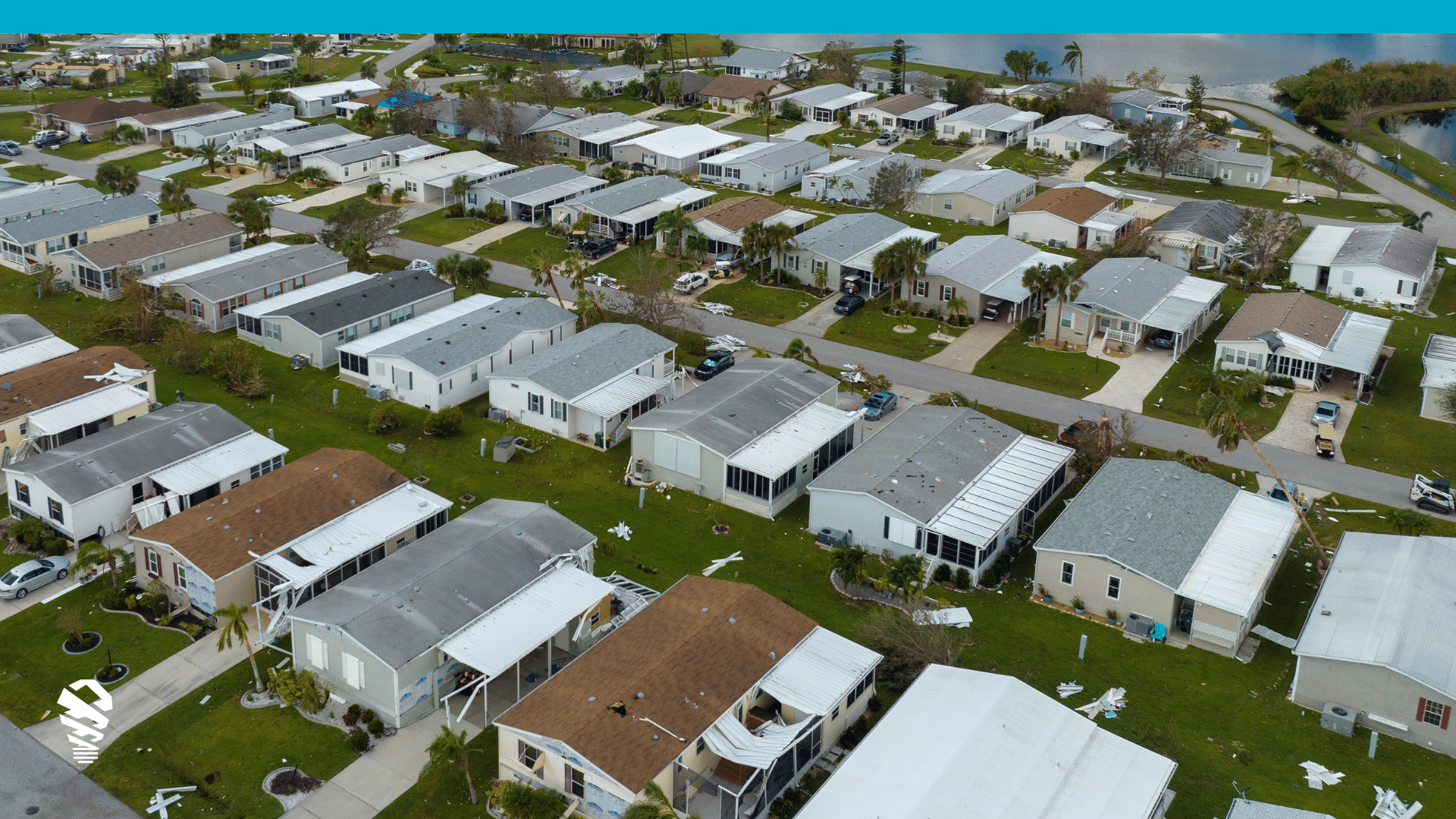In the era of social distancing, insurance carriers are quickly changing how they handle high cost and time-intensive on-site property inspections. Property insurers began experimenting with AI, analytics, and drones a few years ago and have increasingly adopted this technology for adjusting property claims. After the FAA loosened the regulations on drones used commercially in 2016, carriers quickened their pace of adoption. Platforms like IMGING have taken manual drone flight and automated it, added AI, analytics, measurements, fleet management, and other tools that empower adjustors to transform the claims process.
Although a new and emerging technology, drone-based property inspections carry many potential benefits. Here are 5 of them:
- Minimizing danger and health risks
Property inspection often involves hours of investigation and analysis, including ladder-climbing, bending, stretching and crawling around on roofs. In extreme cases, due to the structural integrity of the building being compromised, these inspections could pose a serious threat to the health and safety of adjusters. Since the outbreak of COVID-19, insurance carriers have turned to drone inspections as a way to resolve concerns over virus spread while adjusting roof claims as they allow for thorough inspections and precise measurements from the ground. Drones can quickly and easily access difficult-to-reach areas and provide easy and safe inspections without requiring physical contact between the inspector and the property. Inspection services that utilize drones, such as IMGING On Demand, add an additional layer of safety for an adjustor by leveraging a local FAA-licensed inspector to collect the data, thus negating the need for travel, lessening the risk of exposure, and helping adjusters get more done.
- Access to real-time, in-depth and higher-detail data
Small unmanned aerial vehicles (sUAVs) combine the precision of AI and robotics with the remote control of a human. Their lightweight structure and automated flight capabilities with the right software makes them ideal for capturing minute details, quickly. The right drone can take high-resolution images, providing an adjuster with details of even the smallest hail hits, wind damage, tile cracking, and more. The result is adjusters gain access to detailed, comprehensive data and measurements without exposing the inspection team to risks.
- Flexibility of deployment
Licensed UAVs partners are able to dramatically shorten cycle times, reduce LAE, gather consistent data, and ensure quality assessments all at the same time. Many carriers outfit adjusting teams with drone capability strategically. These adjustors become power-users and cover areas with the highest PIF count. On-demand inspections services can then be used to plug any holes in the staff coverage area. The flexibility and speed of drones make them well suited for a wide range of terrains, properties, and altitudes and they have a diverse variety of tools for multiple applications.
- Near Real-time Cloud Collaboration
Images collected by drones in IMGING are accessible through the cloud by collaborating coworkers instantly when uploaded. Adjustors can settle claims from their desks while inspectors collect claim data thousands of miles away, allowing carriers to get more productivity out of their best adjustors.
- Time and cost-efficiency
Because remote property inspections involve fewer risks than manual inspections, they are also associated with lower costs. Insurance requirements for drones are minimal and mission-based. Deploying drones for remote property inspections minimizes the high cost and time associated with manual inspections. There are no transportation costs if using a drone-based, on-demand inspection service or any costs for renting equipment, or the time required to carrying out safety checks. Because of their fast deployment capacity, drones speed up the entire process and free up adjusters’ time to inspect more assets in one day.
These are just 5 benefits of remote property inspection that significantly streamline the way property insurance adjusters do their job. In an increasingly digitized era, the efficiency of operation is a real game-changer. Drone inspections are a step up from traditional ones as they have the capacity to minimize risks and costs as well as optimize time, resource allocation, and data capture. Not only do drones make property inspections faster and more efficient but they minimize the human error factor as well. In an industry such as property insurance where even the smallest of details matters, this has considerable implications.



![How to Measure a Roof With a Drone [Updated April 2023]](https://www.lovelandinnovations.com/wp-content/uploads/2024/04/How-to-Measure-a-Roof-With-a-Drone-Updated-April-2023.png)




